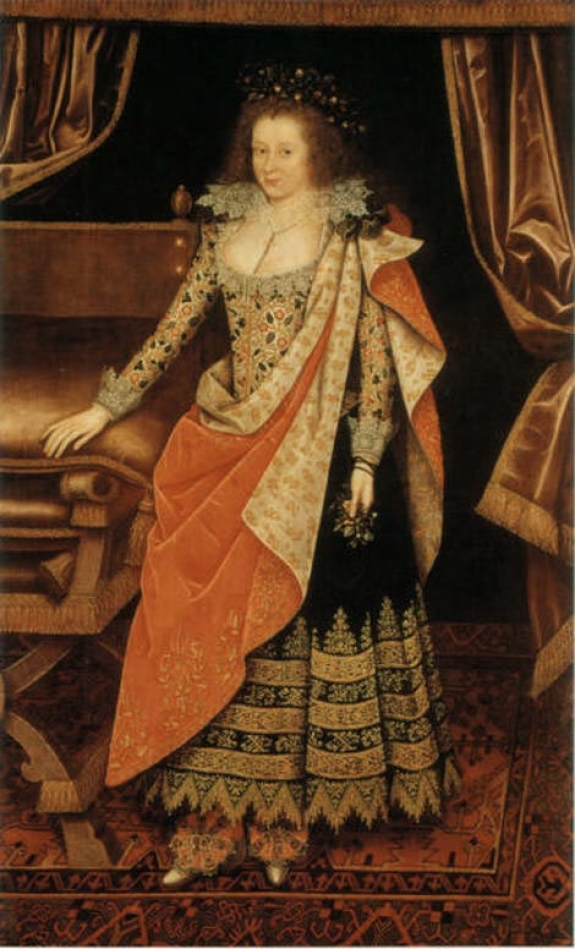Art buyers rarely yearned for Old Masters as intensely as they appeared to do this week. Sadly, auction houses never had so few desirable pictures to offer them.
The bidders’ eagerness was reflected in surprising world records set for works that would hardly have caused such a sensation only a decade ago.
At Christie’s Tuesday sale, the two highest prices were realized by 18th century English school pictures that appealed to a limited constituency until fairly recently.
True, the huge £22.44 million, or $35.79 million, paid for “Gimcrack on New Market Heath,” painted by Stubbs and portraying a famous racehorse that had belonged to Lord Bolingbroke, was an artificial price achieved through a now all too common procedure publicly spelled out.
Before opening the session, Christie’s auctioneer, James Bruce-Gardyne, informed the room that “a third party” was financing a guarantee given to the vendor. This did not just ensure the consignor that he would be paid a minimum amount whether the picture sold or failed to do so. It also meant that the financial burden of failure risk was transferred from Christie’s to the “third party,” who would become the owner of the Stubbs at the “guaranteed” level if it remained unwanted. The said party was contractually entitled to participate in the bidding in order to raise prices to whatever level it wished, thus skewing the spontaneous character that auction bidding is supposed to have.
The financed guarantee procedure is in itself a sign of the desperate efforts that auction houses make to secure top-level works of art for sale as supplies keep vanishing. It tends to be used when pictures are billed with some exaggeration as masterpieces of stellar importance.
While Christie’s team sang the Stubbs to high heaven, blatant weaknesses might have limited its appeal. The trainer who clutches the horse’s bridle and the stable lad are as stiff as Madame Tussaud’s waxen figures and the outhouse in the distance is painted with curiously amateurish clumsiness.
As far as I could tell, only one bid came in, allowing the Stubbs to sell at the low estimate. Had the history of the horse not been recorded in minute detail, the bland picture could never have fetched its phenomenal price.



